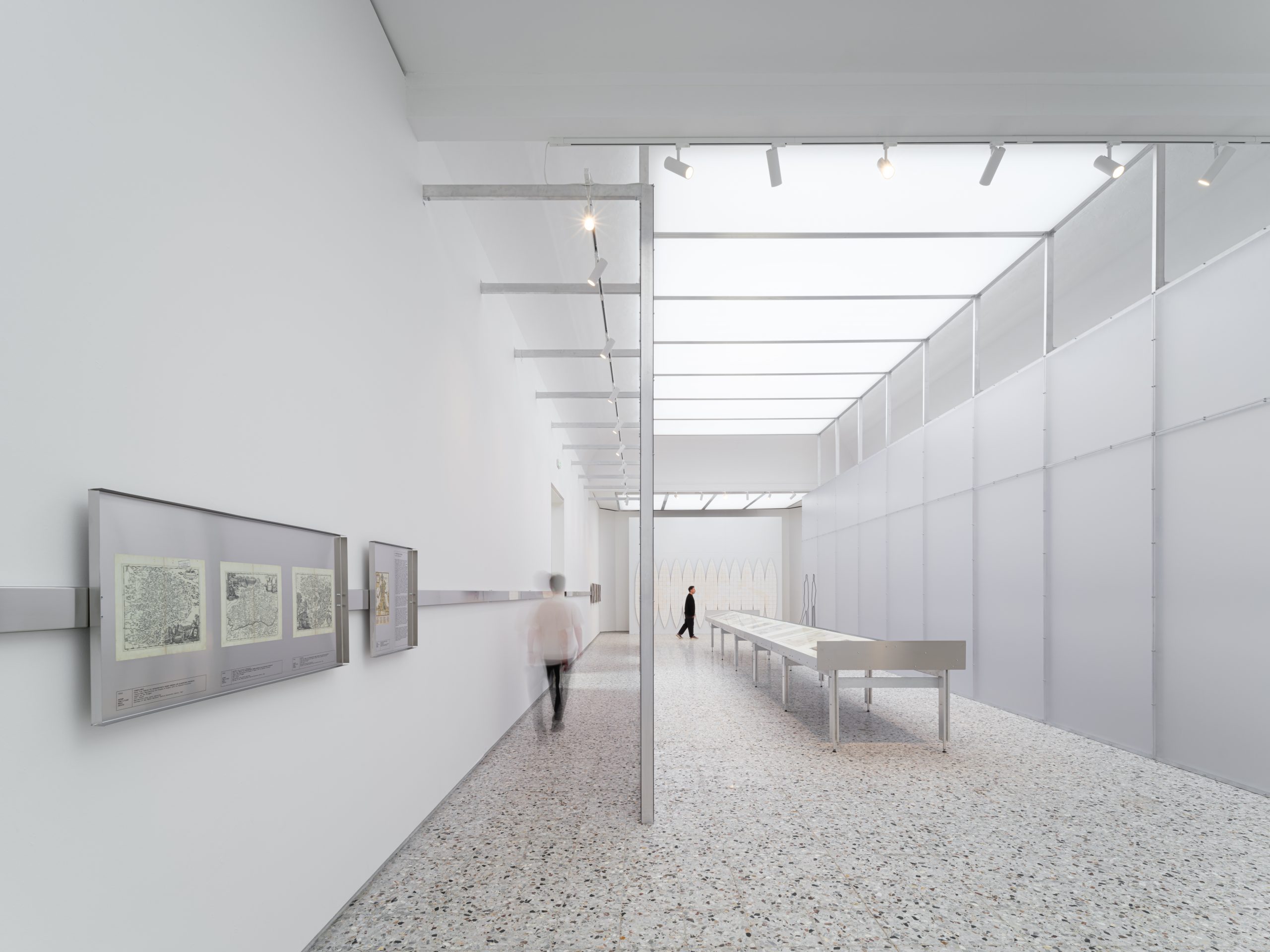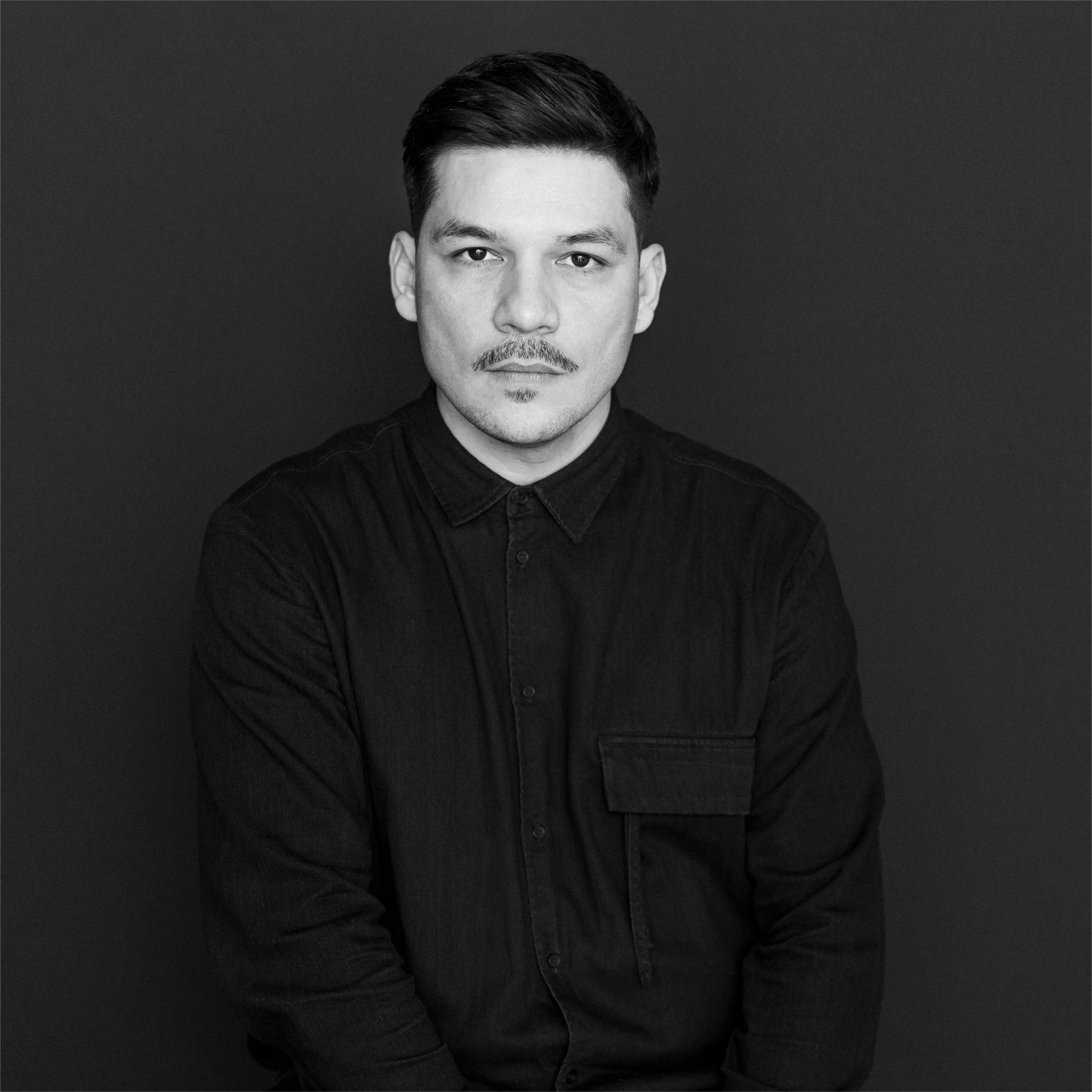Biography
PROJECTS TO BE PRESENTED DURING THE EVENT
Project #1: Human Scale – Romanian Participation at the 19th International Architecture Exhibition – La Biennale di Venezia
Project #1 Category: Cultural. Heritage. Temporary. Experimental
End year: 2025

Human Scale explores the vital, emotional and symbolic functions of architecture. In the Romanian Pavilion, the central, immersive installation is defined by massive translucent sheets that fill the space, and reverse the focus: architecture disappears, and human interaction comes to the forefront. A selection of chronologically arranged drawings on display reconstructs a condensed social history of architecture imagined or built in Romania throughout the 20th century, marking critical moments, ideologies, schools of thought and controversies. The architectural drawings on display offer an array of historical inflexion points, from interwar modernist optimism (Horia Creangă, Haralamb Georgescu, Henrieta Delavrancea) and its postwar adaptation to the new socialist regime (Octav Doicescu, Horia Maicu, Tiberiu Niga), to subtle architectural resistance against the totalitarianism of the 1980s (Mariana Celac, Vasile Mitrea) and Romania’s reconnection with the global community following its anti-communist revolution of 1989 (Ioan Andreescu, Vlad Gaivoronschi, Ștefan Davidovici). The exhibition revalues architectural hand drawing not only as a creative method but as a form of historical, social and conceptual intelligence and memory, capturing the aspirations, ideals and conflicts of its time, in the architecture imagined or built in Romania throughout the 20th century. The scope widens through a selection of maps from the 16th to 18th century, where human presence is rendered allegorically. These maps turn drawing into a rhetorical tool, used to project political and social power. In one 1737 map of the three main regions that make up today’s Romania and Moldova, a female figure symbolises the fertile soil of Wallachia; two dwarves represent Transylvania’s underground wealth; and Diana, goddess of the hunt and moon, poetically anchors Moldova in the East. Urban representations—based on architects’ drawings—carry symbolic messages about diplomacy, commerce and cultural identity. A 1686 mathematics treatise, for instance, juxtaposes abstract geometry with mapped cities in today’s Romania, like Timișoara and Satu Mare, linking physical space with conceptual constructs. A cartographic game—a popular pastime at European royal courts—from 1670, with Venice at its centre and as the game’s endpoint, asserts the imperial power of the Venetian nobility. Its educational purpose was to teach players about the size and administrative structures of various regions—including the Romanian principalities—as well as facts about different peoples and parts of the world.
